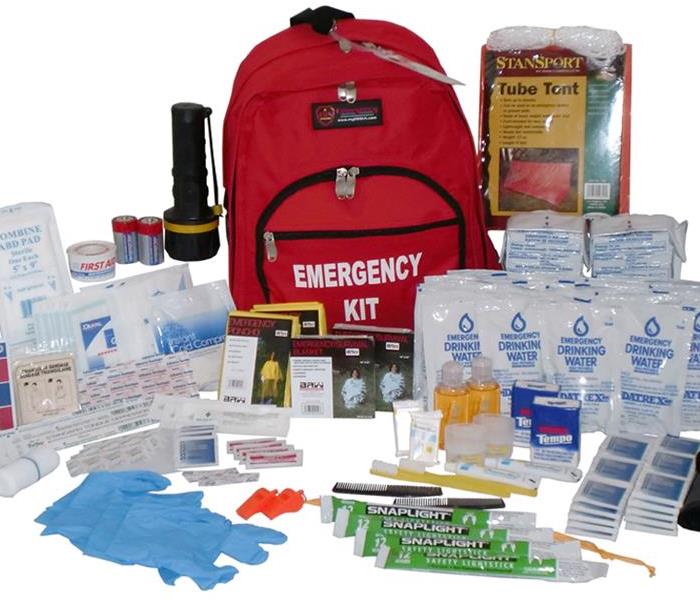SERVPRO of Great Neck Port Washington asks: It's National Severe Weather Preparedness Week. Are you ready for an emergency?
3/7/2014 (Permalink)
(Reprinted)
By Emily Clark, Safety Editor BLR
March 2-8, 2014, is National Severe Weather Preparedness Week, and OSHA has teamed up with the National Oceanic and Atmospheric Administration (NOAA) to address the hazards that severe weather poses for workers and employees. Is your company prepared for a weather emergency? Keep reading to find out.
To minimize the danger to workers, OSHA and NOAA encourage employers to take the following steps:
•Stay aware of weather forecasts.
•Train workers on workplace severe weather plans.
•Keep emergency supplies, including a battery-operated weather radio, on hand.
•Ensure that workers involved in response and recovery are protected from potential safety and health hazards.
According to NOAA, in 2013, there were seven weather and climate disaster events, resulting in 109 deaths and causing losses exceeding $1 billion per event across the United States. In May 2013 alone, 267 tornadoes occurred across 25 states, including the EF5 tornado that struck Moore, Oklahoma, and caused an estimated $2 billion in property damage.
6 essential emergency preparedness tips
1. Develop an emergency plan and communicate it to your employees. It should include escape procedures and escape route assignments, special procedures for employees who perform or shut down critical plant operations, systems to communicate with and account for all employees after evacuation, rescue and medical duties for employees who perform them, and means for reporting emergencies.
Note that many OSHA standards require employers to develop written emergency action plans (EAPs). If your business is affected by one of these requirements, this article gives you eight tips to help you get started.
2. Designate an emergency response coordinator and a backup coordinator who will be responsible for determining what emergencies may occur and seeking that emergency procedures are developed to address each situation, directing all emergency activities, ensuring that outside emergency services are notified when necessary, and directing the shutdown of company operations when necessary.
3. Form an emergency response team with members who will be trained to use fire extinguishers, administer first aid, follow OSHA’s bloodborne pathogens standard, shut down company operations, control chemical spills, perform search and emergency rescue procedures, and respond to emergencies involving hazardous materials, depending on the specifics of your company’s operations.
4. Keep a copy of important records and files at an off-site, secure location in case original copies are damaged or destroyed. Online cloud storage services may be a good option for some businesses, as these services should not be affected by local weather conditions in your area.
5. Have a disaster supply kit with food, water, and other essentials at your company’s facilities for situations where employees must shelter in place either because travel is unsafe or because they are responsible for maintaining critical operations during an emergency closure. The Federal Emergency Management Administration (FEMA) has a list of what to include in a disaster supply kit at http://ow.ly/ueLF5.
6. Train employees on the details of your emergency plan, including evacuation procedures, alarm systems, shutdown procedures, reporting procedures for personnel, and types of potential emergencies. Also make sure to train employees on any hazards specific to your facility, such as toxic chemicals, fire hazards, and any equipment that may become hazardous in the event of a power failure or other emergency.
Additional information on Severe Weather Preparedness Week is available from OSHA at http://ow.ly/ueIEP and NOAA at http://ow.ly/ueIyp.
For more information on emergency preparedness, see BLR’s Disaster Planning and Response resource center.




 24/7 Emergency Service
24/7 Emergency Service
